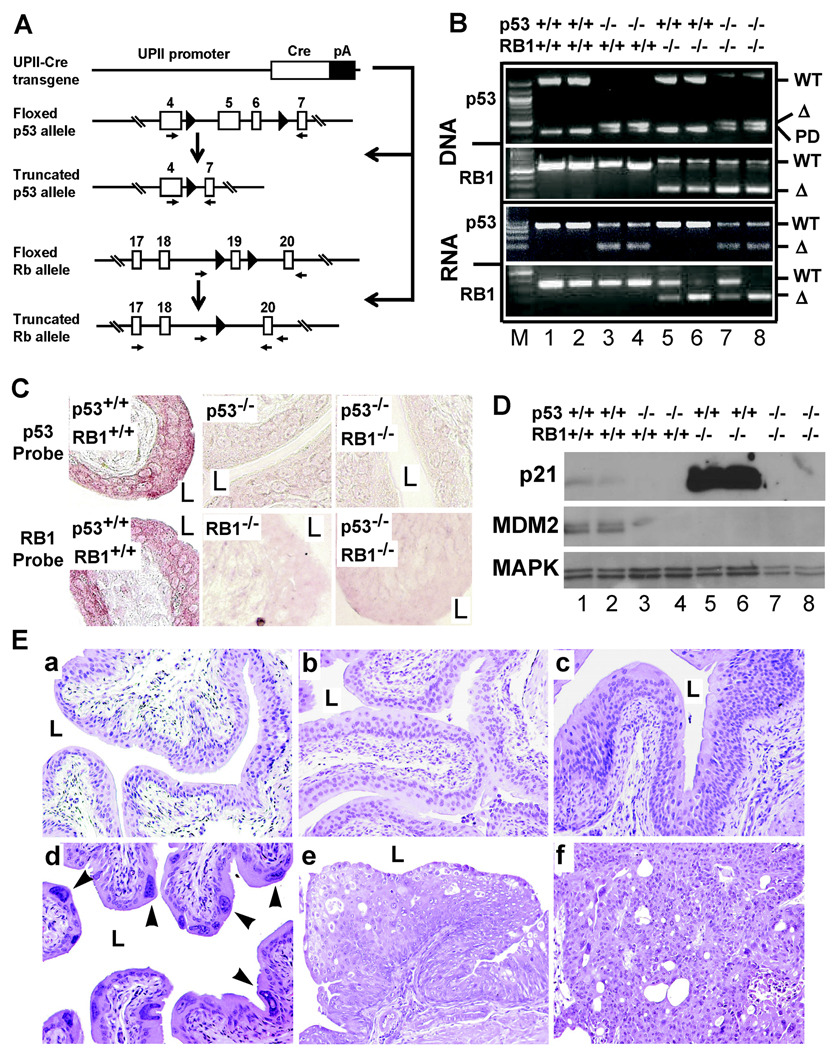Figure 3. Spontaneous urothelial lesions in conditional p53/RB1 null mice.
(A) Co-inactivation of pRb and p53 in mouse urothelium. (1st line) UPII-Cre transgene; (2nd line) p53 allele whose exons 5 and 6 were flanked by loxP sites; (3rd line) recombined p53 allele upon urothelial Cre expression; (4th line) floxed RB1 allele; and (5th line) recombined RB1 allele upon urothelial Cre-expression. (B) PCR analyses of truncation of p53 and/or RB1 on DNA and RNA levels. Four major genotypes generated from multiple intercrosses were chosen for all studies: UPIICre/Cre (or p53+/+/RB1+/+; lanes 1 and 2), UPIICre/Cre/p53flox/flox (or p53−/−/RB1+/+; lanes 3 and 4), UPIICre/Cre/RB1flox/flox (or p53+/+/RB1−/−; lanes 5 and 6), and UPIICre/Cre/p53flox/flox//RB1flox/flox (or p53−/−/RB1−/−; lanes 7 and 8). WT, wild-type; Δ, truncated version; PD, p53 pseudogene. Note a 500-bp, truncated p53 DNA and an 85-bp truncated p53 mRNA in p53−/−/RB1+/+ mice (lanes 3 and 4) and p53−/−/RB1−/− mice (lanes 7 and 8). Also note a 260-bp truncated RB1 DNA and a 50-bp truncated RB1 mRNA in p53+/+/RB1−/− mice (lanes 5 and 6) and p53−/−/RB1−/− mice (lanes 7 and 8). (C) In situ hybridization. Anti-sense cRNA probe corresponding to exons 5 and 6 of p53 gene (p53 Probe) hybridized to the urothelium of wild-type mice, but not to those of p53-null mice or p53/RB1 null mice. Anti-sense cRNA probe corresponding to exon 19 of RB1 gene (Rb Probe) hybridized to the urothelium of the wild-type, but not to those of RB1-null mice or p53/RB1 null mice. Magnification: 200 ×. (D) Western blotting of p21 and MDM2 demonstrating that pRb-deficiency greatly induced p21 (lanes 5 and 6; also see Fig. 1), but this induction was abrogated by p53 inactivation (lanes 7 and 8). (E) H&E images of urinary bladders from a 15-month old wild-type mouse (a) showing normal urothelial morphology; an age-matched p53−/− mouse also showing normal morphology (b); a 12-month old p53−/−/RB1−/− mouse showing urothelial hyperplasia (c); and a 28-month old p53−/−/RB1−/− mouse showing nuclear atypia in the superficial layer (d; arrowheads). (e–f) two 28-month old p53−/−/RB1−/− mice exhibiting low-grade, superficial papillary tumors. Magnification: 200 ×.

